dissembled
TPF Noob!
- Joined
- Feb 27, 2006
- Messages
- 5
- Reaction score
- 0
My God. I'm a total newb at film photography so excuse my stupi...ignorance. Film scanners and flat bed scanners.. I know that they scan your negatives into your computer. The things is I'm not really sure what 'negatives' are. lol. I went to the wiki page and I'm given the impression that negatives is the 'exposed' film that comes out of your camera after you finish a roll of film. Is that right? No wait...they're the brown strips that show the inverse-colored image aren't they? But that's not what comes directly from your camera when you take a roll of film out is it? So...uhhh you go to a photolab w/ the film and they give you your negatives, right? My question is how do you 'create' the negatives in the first place? What materials do you need? I do know that prints are created through an enlarger using negatives. I know that much. Oh and another thing. In this amazon page, it says that this flat bed scanner accepts 120 roll of film... [ame]http://www.amazon.com/gp/product/B0002U40NG/sr=1-3/qid=1141026273/ref=pd_bbs_3/102-5135546-3622558?%5Fencoding=UTF8[/ame] Meaning that I could just take off the film from my Holga and just put in the thing in the scanner and voila have the photo in my computer?? Thanks in advance. Sigh.



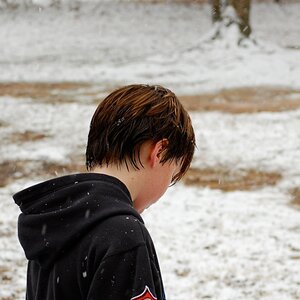
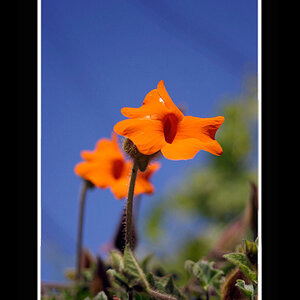
![[No title]](/data/xfmg/thumbnail/38/38262-10a9668da9a2b36a92cddde57caf87bc.jpg?1619738547)
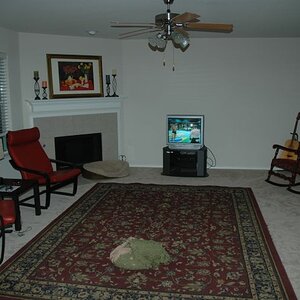
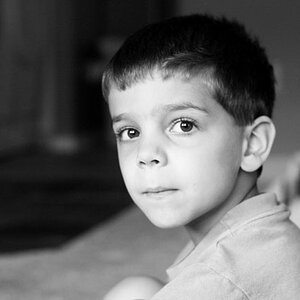
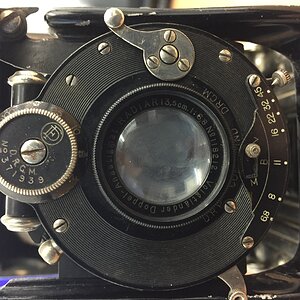
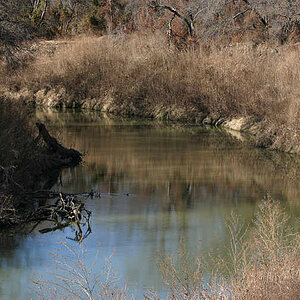
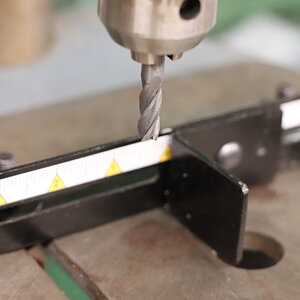
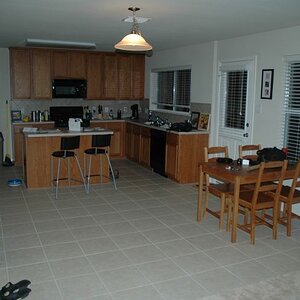
![[No title]](/data/xfmg/thumbnail/41/41933-d5af292b78e4b91211e86e0f3205eda8.jpg?1619739946)
![[No title]](/data/xfmg/thumbnail/41/41935-851da2b46dc9cbb829c8c42b2aa84873.jpg?1619739947)